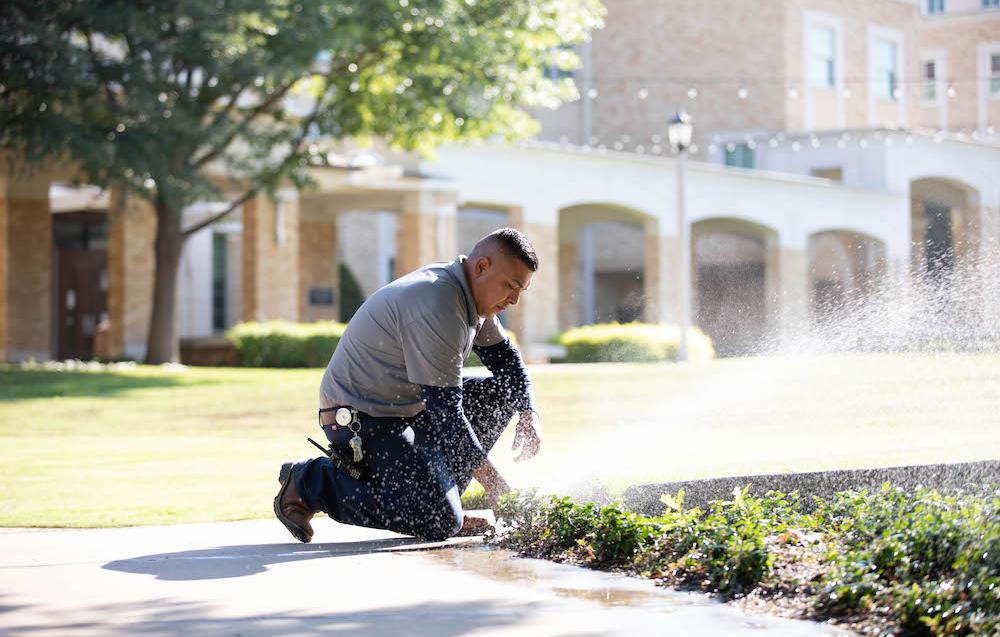The winter months provide a respite from the tasks of lawn care. However, a healthy spring lawn begins with the proper preparation in the autumn. That means having your irrigation system inspected, leaving lawns longer, and ceasing fertilizing at the proper time.
Let it Grow
You won’t need to mow nearly as often. It’s recommended that you leave your lawn slightly longer than usual during the winter months. It will help protect roots if there’s a cold snap. Cold weather isn’t normally a problem, but it has occurred in the past. A large portion of South Florida lawns are Bahia or St. Austine grass. The best height is 3.5 to 4 inches. Other grasses should be maintained at a height of 2 to 2.5 inches.
Water Sparingly
Your lawn’s growth slows during the winter months and a healthy spring lawn depends on the care you give it now. You don’t have to worry about scorching due to heat, but your lawn will still require some moisture every 1 to 2 weeks. Be careful not to overwater. A good rule of thumb is to look for grass that retains your footprints. If you see your footprints, it’s time to water if you don’t have a programmable irrigation system.
Fertilize in February
Don’t fertilize your lawn unless it’s actively growing. Stop fertilizing in Sept. to Oct. Wait until spring to resume fertilizing, 2 weeks after you observe new growth, typically in February. Bear in mind that climate change can affect growth patterns.
Overseeding
It’s very possible that your lawn will begin to brown during the winter. The best solution is to overseed your lawn with a grass variety that does well during cooler months. It will provide the lush, green appearance you desire during the winter. Cooler weather grass will die off in time for the heat and humidity of summer when your normal lawn grass begins growing again.
Contact RCH Landscaping Today for a Free Estimate

